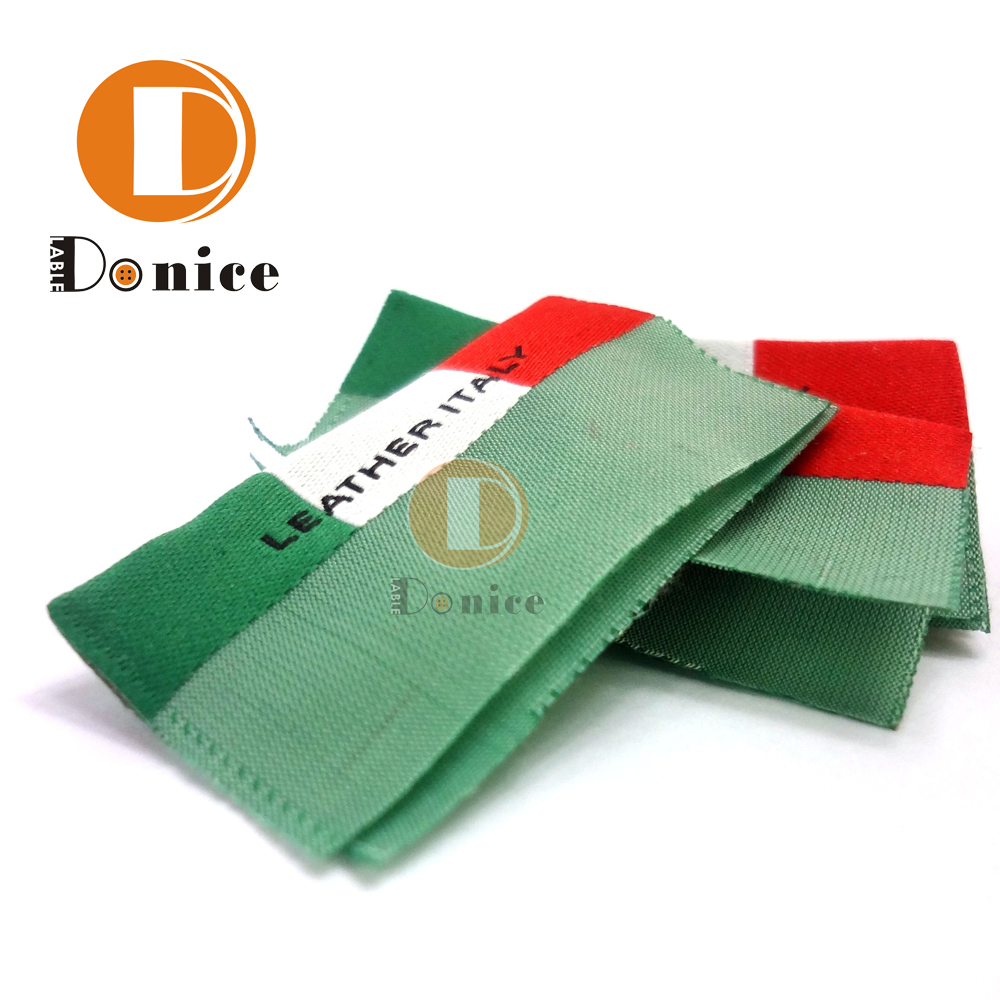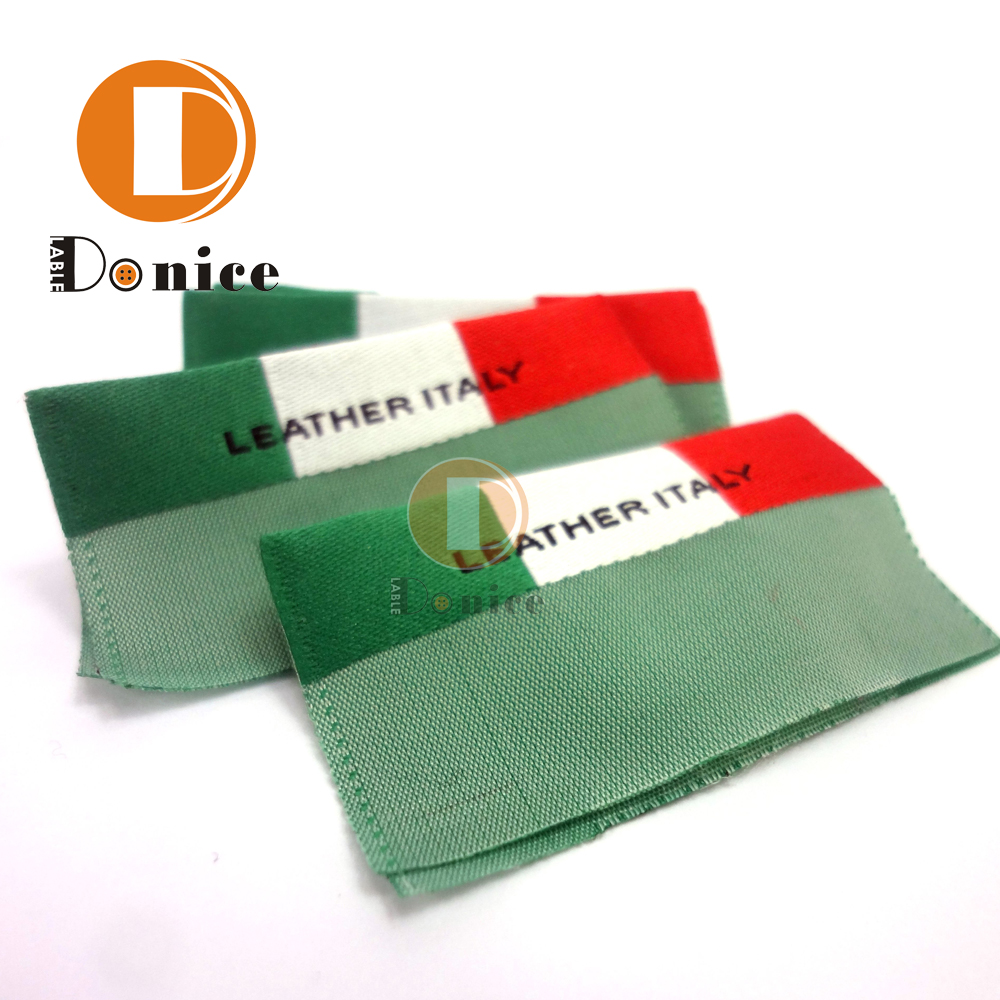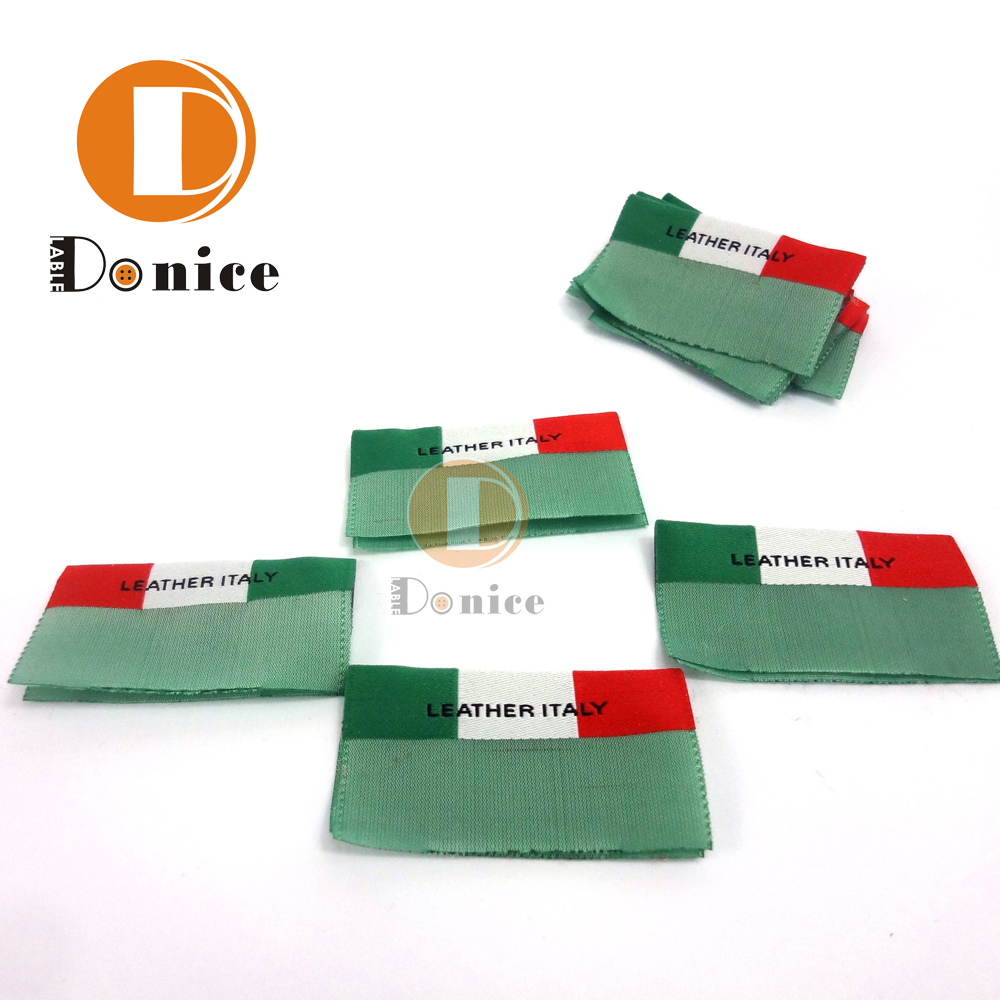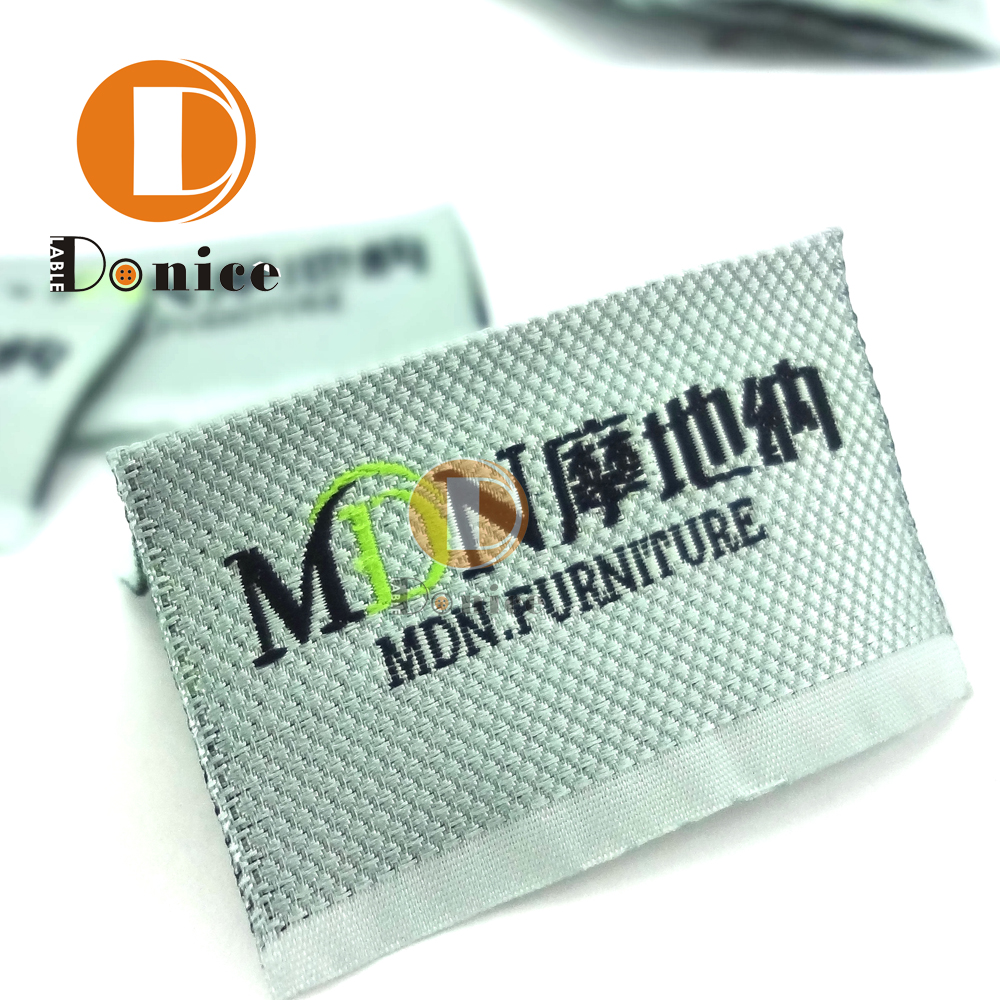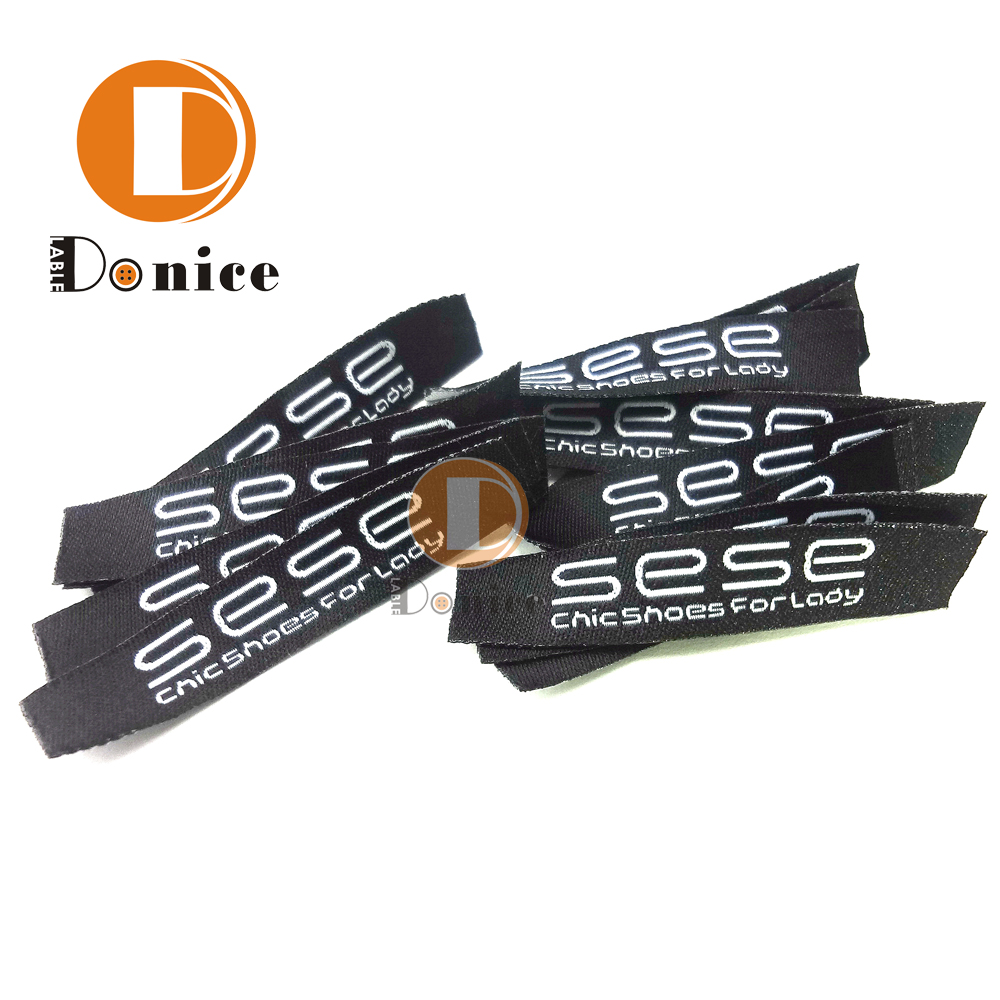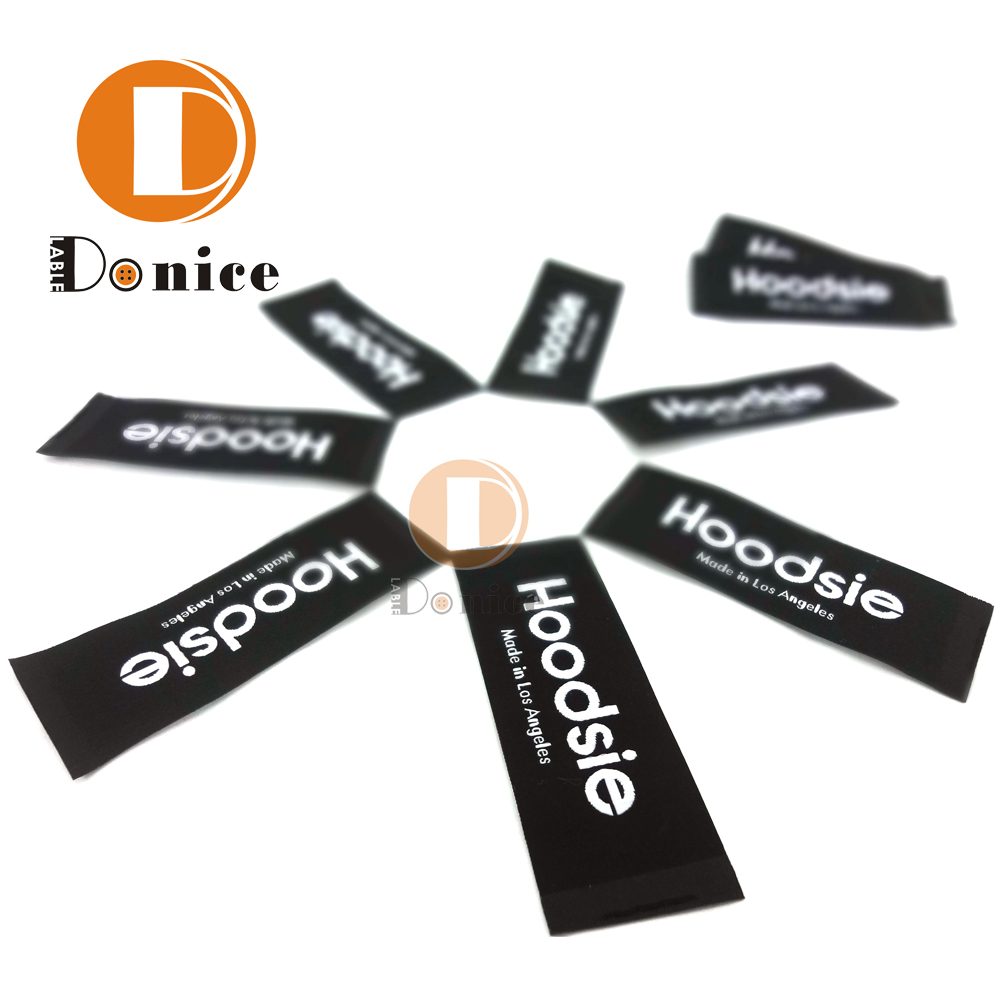Woven Labels
Woven Labels for Dancewear and Performance Costumes
- Product description: Woven labels for dancewear and performance costumes are essential for providing a professional appearance, ensuring durability, and enhancing brand identity. By focusing on soft materials, appropriate
Woven Labels for Dancewear and Performance Costumes
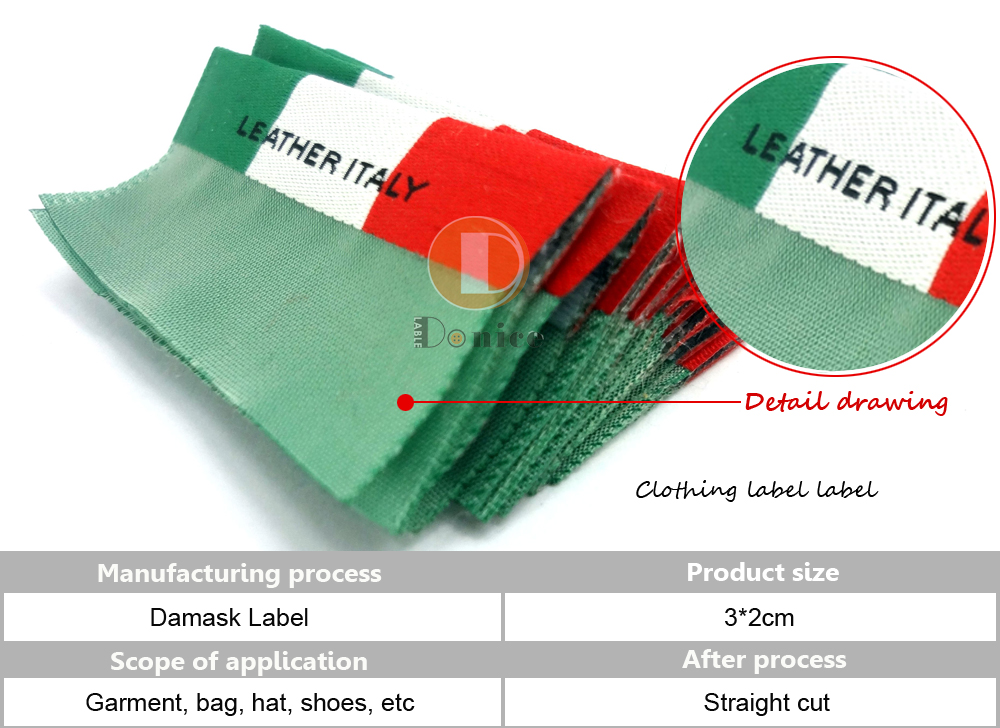
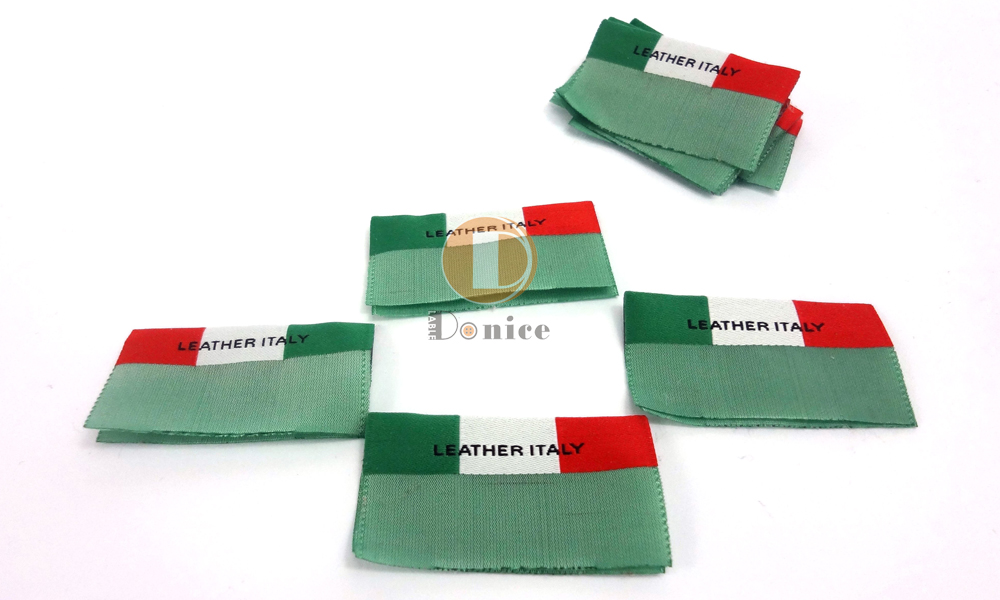
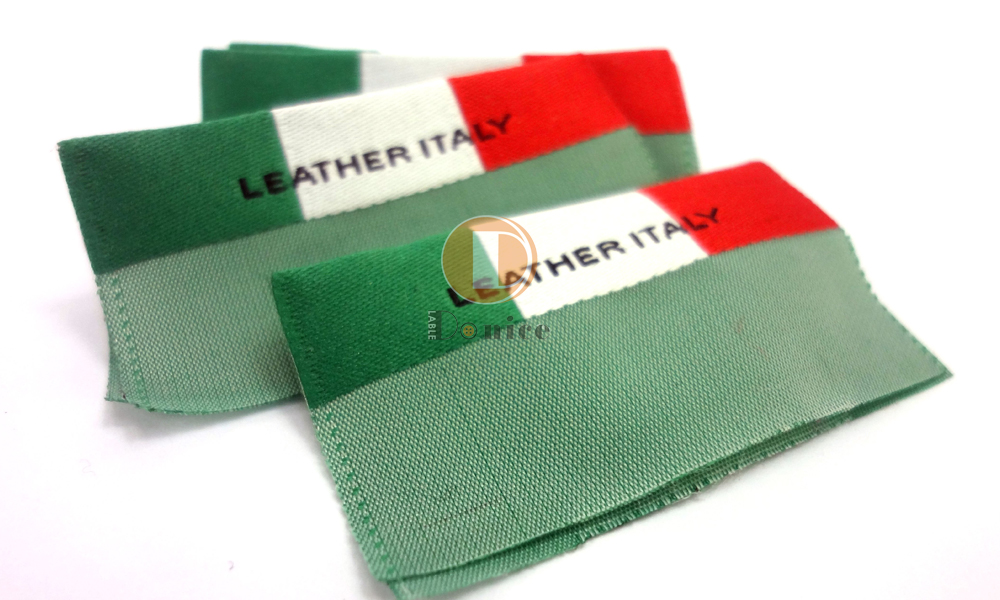
Dancewear and performance costumes demand both functionality and aesthetic appeal. Woven labels play a crucial role in these garments, providing essential information, enhancing brand identity, and adding a touch of professionalism. This article explores the benefits, applications, design considerations, and best practices for creating woven labels specifically for dancewear and performance costumes.
Benefits of Woven Labels for Dancewear and Performance Costumes
-
Professional Appearance: High-quality woven labels give dancewear and performance costumes a polished and professional look, enhancing the overall appeal of the garments.
-
Durability: Woven labels are known for their durability, withstanding frequent washing, stretching, and rigorous use, making them ideal for active performance wear.
-
Comfort: Well-designed woven labels can be made to be soft and comfortable against the skin, ensuring they do not cause irritation during performances.
-
Brand Identity: Custom woven labels help establish a strong brand presence, making dancewear and costumes easily recognizable and adding to the perceived value of the products.
-
Detailed Information: Labels can provide important information such as size, care instructions, and fabric composition, ensuring that garments are maintained properly and fit as expected.
Applications in Dancewear and Performance Costumes
-
Ballet and Dance Costumes: Labels for ballet leotards, tutus, and dance skirts can include brand logos, sizing information, and care instructions while maintaining a sleek, unobtrusive design.
-
Theatrical Costumes: Costumes for theater productions benefit from woven labels that detail care instructions and size, helping costume departments manage and maintain the garments.
-
Gymnastics and Cheerleading Outfits: These outfits require durable labels that can withstand intense activity and frequent washing, ensuring they remain in good condition.
-
Figure Skating Dresses: Labels for figure skating dresses should be designed to be soft and non-irritating while providing essential information about care and fabric composition.
Design Considerations
-
Soft Materials: Use soft, skin-friendly materials for the labels to prevent irritation and ensure comfort, especially for garments that are worn close to the skin.
-
Size and Placement: Ensure that the labels are appropriately sized and placed in areas where they do not interfere with the performance or comfort of the wearer, such as the back of the neck or the inside seam.
-
Color Coordination: Choose colors that complement the garment. The label should blend seamlessly with the design, adding to the overall aesthetic without being distracting.
-
Legible Fonts: Use clear, legible fonts for any text on the label to ensure that information such as care instructions and sizing is easily readable.
Best Practices
-
Prototype Testing: Develop prototypes and test them on the actual garments to ensure that the labels do not irritate the skin and withstand the demands of performance wear.
-
Quality Control: Implement strict quality control measures to ensure that the labels are consistently produced to high standards, free from defects.
-
Customization: Offer customization options for brands, allowing them to include unique design elements, logos, and specific information that reflects their brand identity.
-
Eco-Friendly Options: Consider using eco-friendly materials and sustainable production methods to appeal to environmentally conscious consumers.
Categories
Latest News
Contact Us
Contact: Peano
Phone: 08618925218435
Tel:
Add: 1st Floor, Building 7, Zhizao Street (Accelerator), Jinwan District, Zhuhai City, Guangdong Province, China
